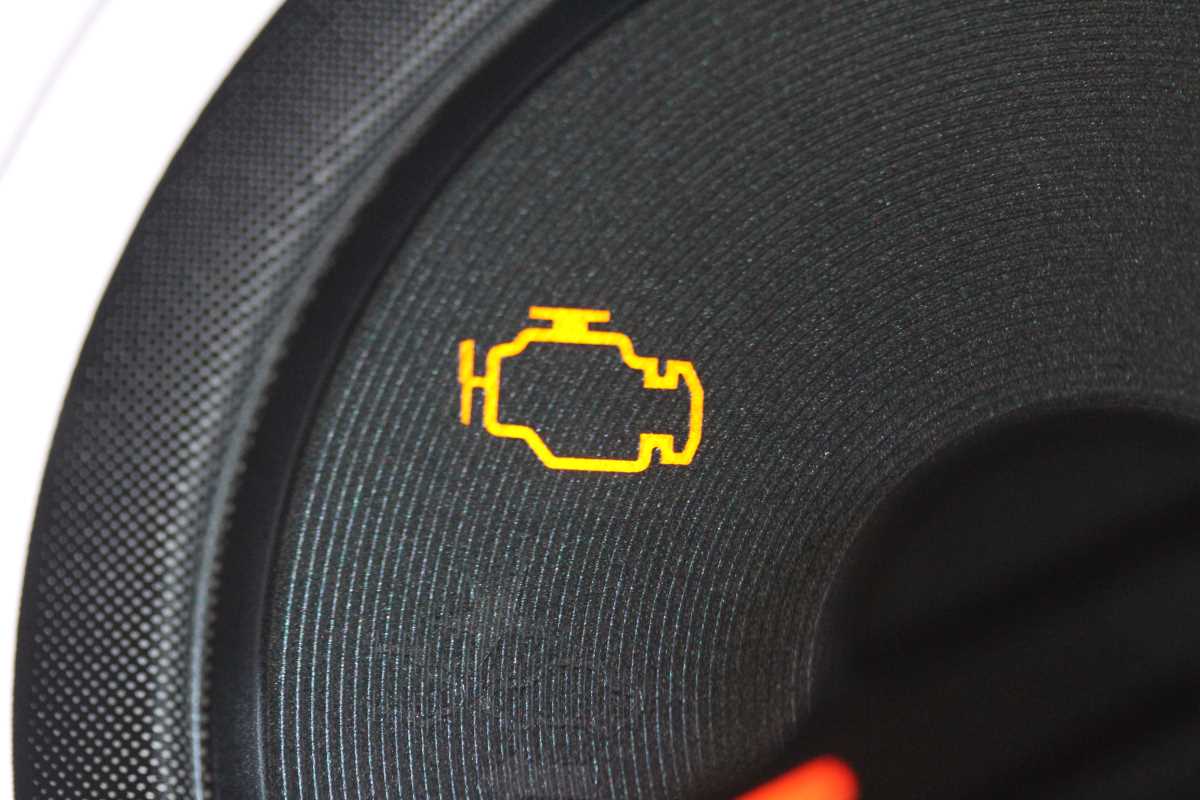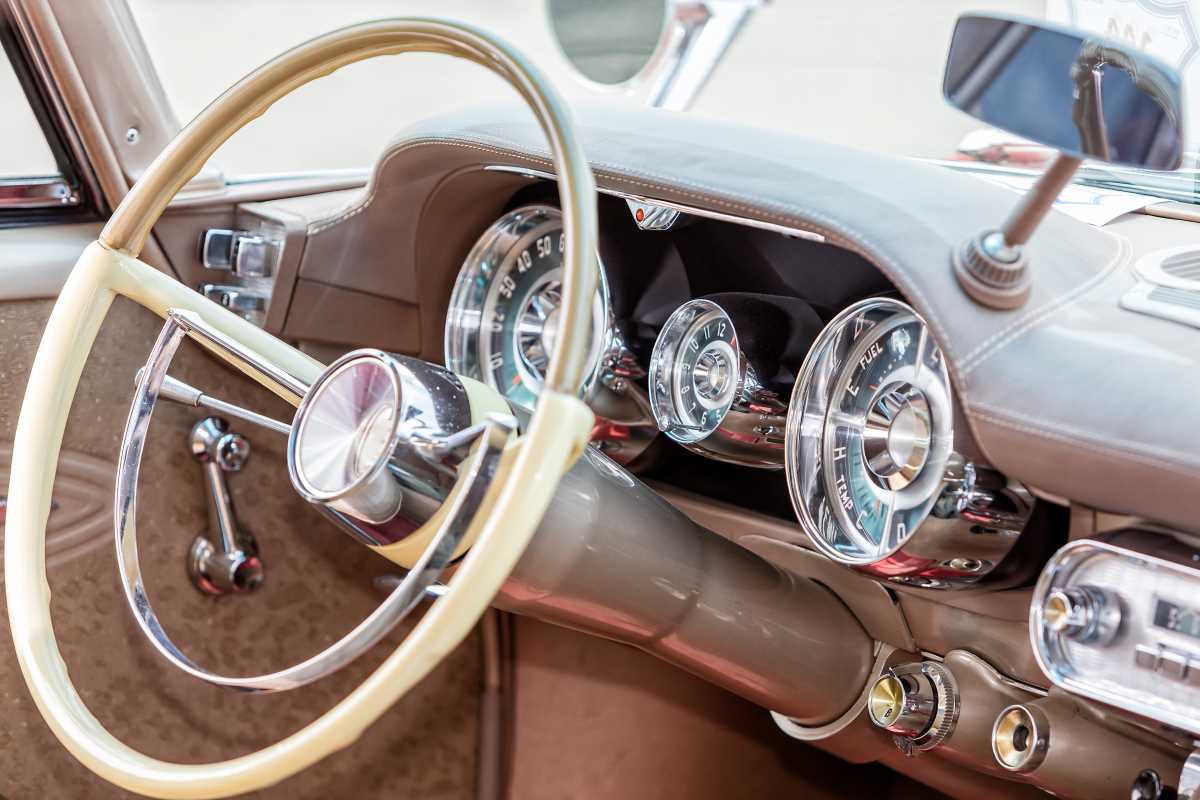Taking care of your car doesn’t always mean shelling out cash at a mechanic’s shop. While some repairs and services require the expertise of a professional, many common maintenance tasks are simple enough for you to do yourself. With a little knowledge, the right tools, and some time, you can save hundreds (or even thousands) of dollars by handling these tasks at home. Plus, doing your own car maintenance not only helps your wallet but also gives you a better understanding of how your vehicle works. Here’s a guide to car maintenance services you should never pay a mechanic for and how to tackle them with confidence.
Changing Your Engine Air Filter
Replacing your engine air filter is one of the easiest car maintenance tasks out there, and it can dramatically improve your car’s performance and fuel efficiency. Most manufacturers recommend changing the air filter every 12,000 to 15,000 miles, but a quick visual check can tell you if it’s clogged or dirty.
How to Do It Yourself
- Find the air filter housing: Look for a rectangular box located under the hood, often with clips or screws holding it in place.
- Remove the old filter: Open the housing and take out the dirty filter.
- Insert the new filter: Make sure the filter is properly seated before closing the housing.
Replacement air filters are affordable and can be purchased at most auto parts stores. The entire process typically takes less than five minutes and requires no special tools.
Replacing Windshield Wipers
Windshield wipers are crucial for safe driving, and they’re surprisingly simple to replace on your own. Instead of paying a mechanic to swap them out, you can easily buy new wiper blades and install them yourself in just a few minutes.
Steps for Replacing Wipers
- Consult your owner’s manual: Find out the correct blade size for your car.
- Remove the old blades: Push the tab where the wiper arm and blade connect and slide the old blade off.
- Attach the new blades: Align the new blade with the hook and snap it into place.
Why overpay for a service you can do in the parking lot of the store where you buy the blades?
Changing Your Cabin Air Filter
Your cabin air filter helps keep the air inside your car clean by filtering dust, pollen, and debris. Many people pay a mechanic over $50 for this simple task, but replacing a cabin air filter typically costs less than $20 when you buy the part yourself.
Replacing the Cabin Air Filter
- Locate the filter compartment: It’s often behind the glove box, but check your owner’s manual for the exact location.
- Remove the old filter: Open the compartment and pull the filter out, taking note of its orientation.
- Install the new filter: Insert the new filter in the same direction, close the compartment, and you’re done!
This maintenance task is just as easy as changing the engine air filter and takes less than 10 minutes.
Performing Regular Oil Checks and Refills
While it’s important to visit a mechanic for full oil changes, regularly checking and topping off your oil is something you can easily handle at home. Routine oil checks help prevent engine damage and keep your car running smoothly.
How to Check and Top Off Oil
- Locate the dipstick: Pull it out and wipe it clean with a cloth.
- Reinsert the dipstick: Push it back in fully, then remove it again to check the oil level.
- Add oil if necessary: If the oil level is low, slowly pour in the correct type of oil (consult your owner’s manual) and recheck the level.
By doing this regularly, you can ensure your engine is properly lubricated and avoid costly repairs caused by running low on oil.
Rotating Your Tires
Tire rotation helps ensure even wear, which extends the life of your tires and improves overall performance. Although some people pay mechanics to rotate their tires, this is a task you can handle yourself with a little effort.
DIY Tire Rotation
- Use a jack and jack stands: Safely lift your car and secure it with jack stands.
- Remove the tires: Start by loosening the lug nuts, then take off the tires.
- Rotate the tires: Switch the front tires with the rear tires, and if your car is front-wheel or rear-wheel drive, cross the tires as you rotate them.
- Reattach the tires: Tighten the lug nuts gradually in a star pattern, lowering the car when finished.
Though it takes a bit of time, rotating your tires at home can save you upwards of $50 per visit to the mechanic.
Replacing Light Bulbs
Whether it’s your headlights, brake lights, or turn signals, replacing bulbs is an easy DIY project that doesn’t require a professional’s help.
How to Change Car Light Bulbs
- Identify the type of bulb needed: Check your owner’s manual for details.
- Access the bulb: This usually involves popping the hood or accessing the light housing through the trunk.
- Swap out the old bulb: Disconnect the wiring harness, remove the old bulb, and insert the new one.
Many replacement bulbs cost under $20, and the process is straightforward. Save yourself a trip to the mechanic for this simple task.
Checking and Refilling Coolant
Maintaining the right coolant level is essential for preventing your engine from overheating. Checking coolant levels and adding more when necessary is quick and easy.
Steps for Checking Coolant
- Locate the coolant reservoir: Typically marked with a bright cap under the hood.
- Check the level: Make sure the coolant is between the “minimum” and “maximum” markings.
- Add coolant if needed: Pour in the correct type of coolant, taking care not to overfill.
Performing this task at home ensures your engine stays cool without unnecessary mechanic fees.
Cleaning Battery Terminals
Corrosion on your car battery terminals can lead to problems starting your vehicle. Cleaning these terminals yourself is simple and much cheaper than having a mechanic do it.
Cleaning Process
- Disconnect the battery cables: Start by removing the negative cable, then the positive.
- Clean the terminals: Use a mixture of baking soda and water, along with an old toothbrush, to scrub away corrosion.
- Reattach the cables: Secure the positive cable first, followed by the negative.
For the cost of a few household supplies, you can keep your car battery in good shape and avoid unnecessary expenses.
Refilling Windshield Washer Fluid
While this might seem like an obvious DIY task, many dealerships and mechanics charge for refilling windshield washer fluid during routine maintenance. Instead of paying for this easy service, you can do it yourself in under a minute.
How to Refill Washer Fluid
- Locate the washer fluid reservoir: Look for the cap with a windshield wiper symbol under the hood.
- Add fluid: Pour in washer fluid until the reservoir is full.
This simple task requires no tools and costs just a few dollars per bottle.
Why DIY Maintenance Is Worth It
Learning how to handle these simple car maintenance tasks yourself has multiple benefits:
- Save money: Avoid unnecessary mechanic fees for basic services.
- Convenience: Perform maintenance on your schedule without waiting for appointments.
- Build confidence: Know your car better and feel empowered to tackle more advanced tasks.
By following this guide, you’ll not only stretch your budget but also keep your car in top-notch condition. Remember, some services require a mechanic’s expertise, but for these straightforward tasks, there’s no reason to pay more than you have to!







